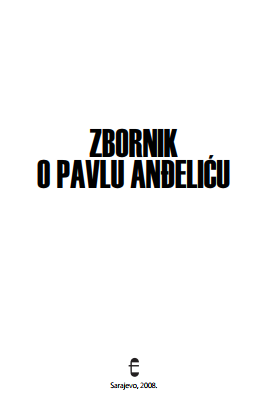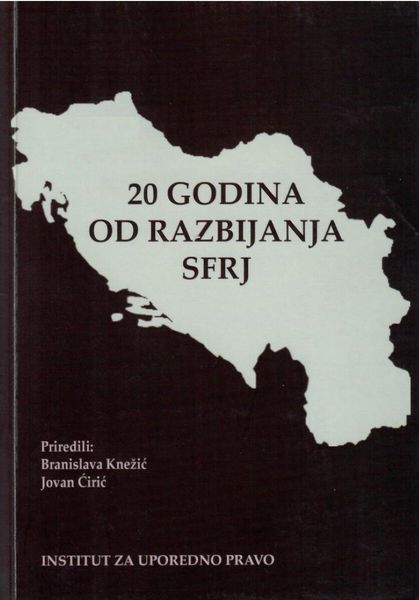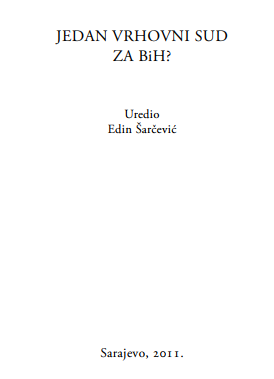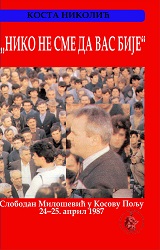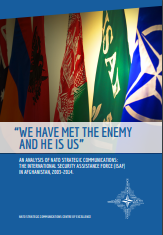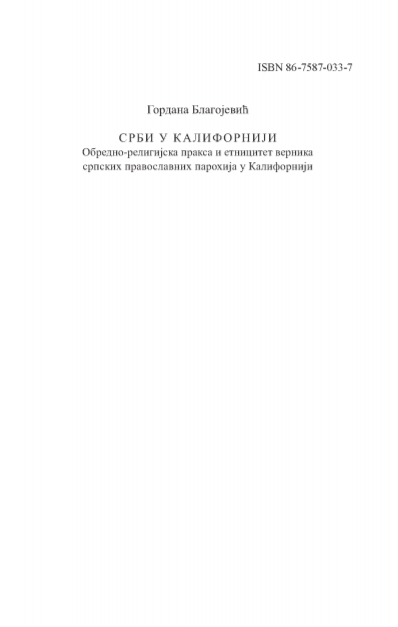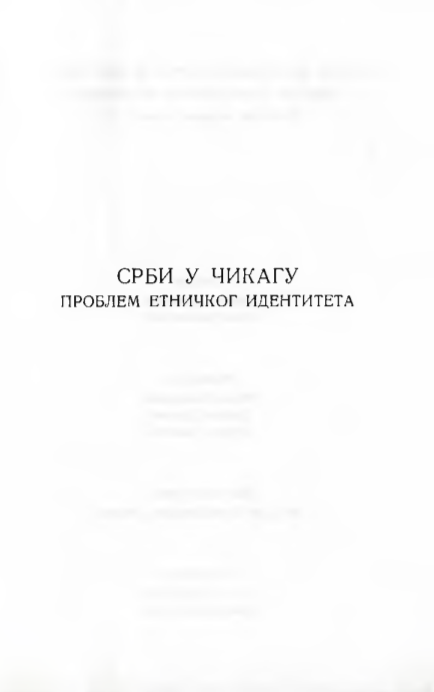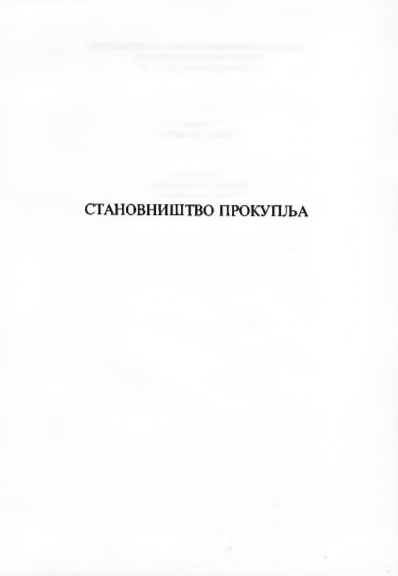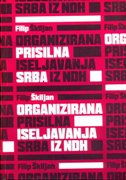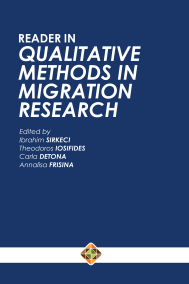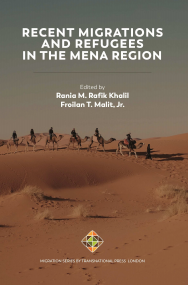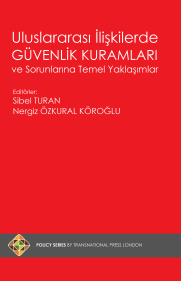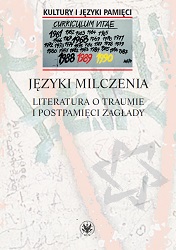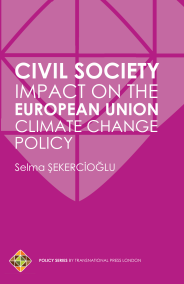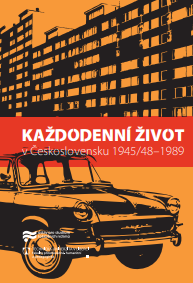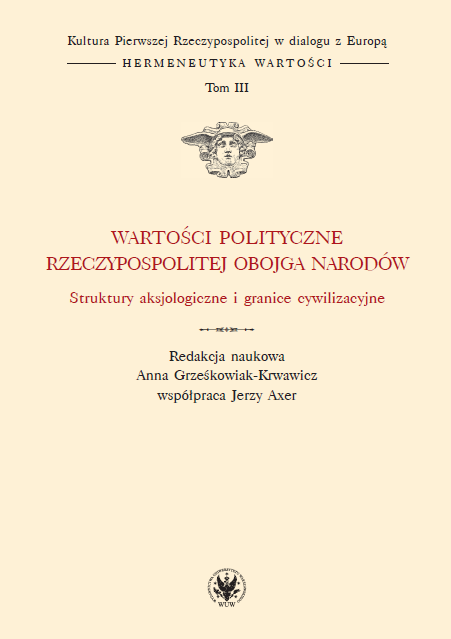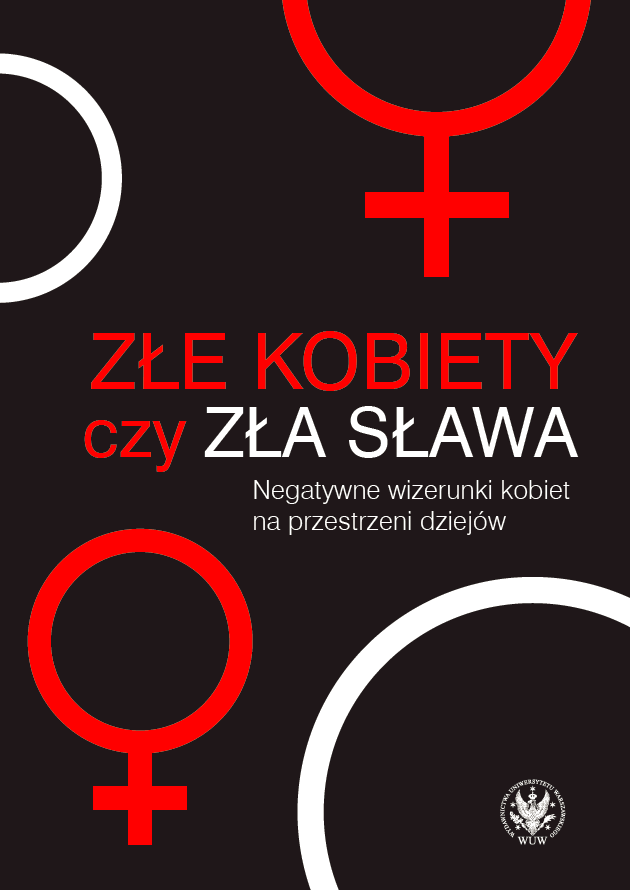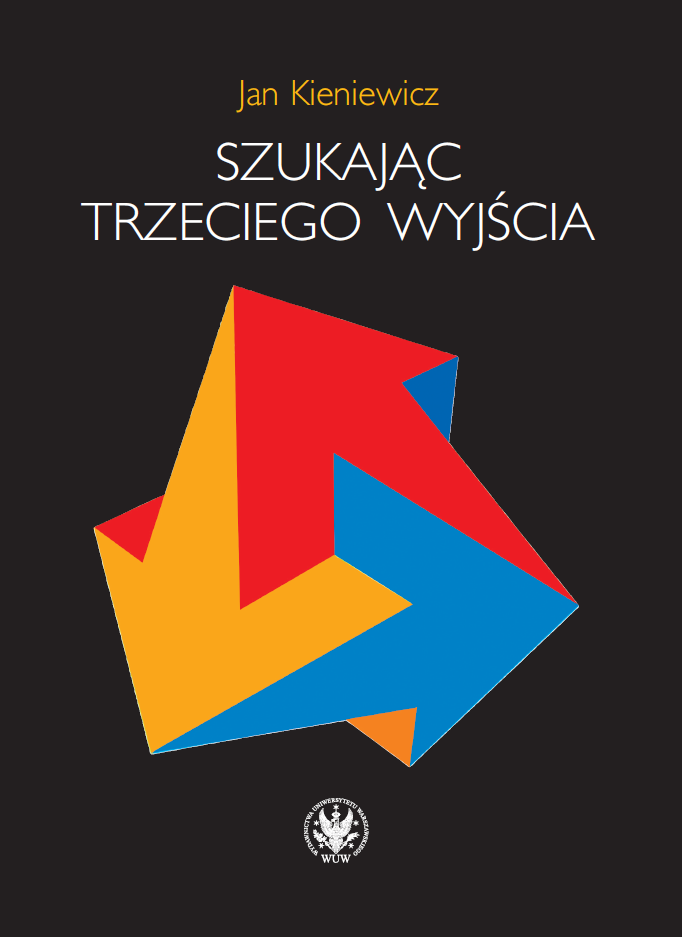Author(s): Sanja Zlatanović / Language(s): Serbian
This study is based on long-term in-depth research in the south-east of Kosovo (part of a broader area known as the Kosovsko Pomoravlje or Morava river basin), in the areas of the Gornja (Upper) and Donja (Lower) Morava (in the town of Gnjilane – the regional centre, and in the surrounding villages of Šilovo, Gornji Livoč, Gornje Kusce, Parteš and Pasjane; in the township of Vitina and the surrounding villages of Vrbovac, Grnčar, Binač, Mogila and Klokot; and also in the villages of Letnica and Draganac because of their religious significance). I also conducted research among displaced people from this region in few towns in Serbia: Smederevo, Vranje and Vranjska Banja. The research was carried out between 2003 and 2006, but I remained in contact with some of the interlocutors and continued to keep track of community dynamics within the region for a number of years subsequently. The fieldwork was conceived as multi-sited (Marcus 1995), because it was about a migratory situation. The terrain was defined as a network of localities (Hannerz 2003a; Hannerz 2003b). The aim of the research was to study the relationship between ethnicity and other forms of identification (religious, regional, local, gender) of the Serbian community of south-east Kosovo in a profoundly changed post-war situation following the establishment of the international administration in Kosovo, in 1999. My intention was to make an empirical and analytical contribution to our understanding of the complexity of social interaction from different perspectives “from below”, in a specific frontier and post-conflict region such as Kosovo. In the last decades of the 20th century, the identities of Kosovo became homogenized and acquired fixed boundaries, ethnic identification becoming more relevant than other forms of belong ing. Ethnic identity, as shown in numerous studies, gains in importance in unclear situations, in periods of change and crisis, when conditions are in place for the experience of threatened boundaries (Eriksen 2002: 68, 99). Kosovo is a prime example of how political and other interest groups construct and mobilise, direct and exploit ethnic identities. Since 1999, Kosovo has been inhabited almost exclusively by Albanians. The Serbs are a minority, ghettoized into small enclaves and rural environments. Many other ethnic, religious and/or linguistic groups have been displaced or assimilated. War provokes great social disruption and change; a constituent element of this is migration. The experience of war and forced migration of one part of the community changes the ways of both self-identification and the identification of the other, thus re-defining intra-ethnic and inter-ethnic relations and boundaries. As much research indicates, armed conflict is preceded by processes of homogenization within communities, the strengthening of boundaries and the assimilation of various types of identification into the ethnic. In a post-war context, with radical changes in the ethnic and social landscape, processes of articulation and re-articulation of identity have opened up in the Serbian community, rendering problematic its differing aspects. This research aims to extend our understanding of such processes. The study is divided into seven chapters. The first two establish the theoretical, methodological and analytical framework of the research. The third chapter, “Kosovo – a frontier region” aims to place the researched community in context. Processes of identification in frontier areas are specific in several respects. The results of many studies show that in the frontier and peripheral areas, group boundaries are less well-defined and more fluid, and identities – not only ethnic, but religious and others – are undetermined, situational, ambivalent and multiple (in contrast to those in central areas) (Duijzings 2000: 13, 24; Wilson, Donnan 1998: 13). In these areas, changing identity and/or recourse to various forms of mimicry may be the only way to survive in certain political and social circumstances. Kosovo is a paradigm of these processes and solutions. This chapter also deals with the history of Kosovo, paying particular attention to the period of the Socialist Federal Republic of Yugoslavia, the escalation of the conflict and the introduction of an international administration. Special attention is paid to the connection of the Serbian Orthodox Church with Kosovo. Next, the basic characteristics of the community are outlined: dense social network, the meaning and importance of internal boundaries, linguistic practice, etc. The fourth chapter, “Living in a post-war region” examines everyday life, family and gender relations, identity discourse on traditional female costume and wedding. This chapter deepens the analysis of the connection between ethnic and religious identification of the researched community (hybrid cultural practice, particularly in the sphere of religion, the role of the Serbian Orthodox Church in the post-conflict period, pronounced traditionalism, etc.). The Serbian Orthodox Church has great influence as the only Serbian institution that remained in Kosovo after the withdrawal of the Yugoslav and Serbian military and police in June 1999. For the Serbian community in Kosovo, the Church has much greater significance than simply as a religious institution; it is seen as the only institution that did not abandon the community in hard times. The members of the Serbian community of south-east Kosovo primarily thematize ethnicity with religious rituals and markings. Religious and ethnic identification become blended in such a way that the religious is in function of the ethnic. Finally, this chapter gives a detailed analysis of the paroxysm in the ethnisization of reality. The next chapter is devoted to intra-ethnic relations and boundaries. Even though “externally” and/or from the “top down”, the Serbian community of Kosovo is defined as homogenous, its members within their own community, identify sub-group distinctions which cause tension. In the post-war context of evident ethnic homogenization, solidification and boundary closure, intra-ethnic categorization and the accompanying tensions it remain current and, in relation between Kosovo Serbs and Serbs from Serbia, gain new dimensions. For this reason, it is necessary to take a flexible approach to ethnicity which neither assumes a priori intra-ethnic homogeneity nor inter-ethnic heterogeneity (Talai 1986: 252, 266). Inter-group perceptions between the old inhabitants and the colonists are also addressed in this chapter as well as their implications. Then the analysis of the external definition – categorization of the so-called ‘Serbian Gypsies’ ensures (the term ‘Serbian Gypsies’ [Srpski Cigani] is used tentatively, since it is an exonym) and the long road this group have traveled from inter-ethnic towards intraethnic other (Zlatanović 2017). In the light of the post-war migrations, attention is paid to discourse and practice in relations between the displaced people of Kosovo and the population in Serbia. The sixth chapter explores inter-ethnic relations and boundaries. First, attention is given to the discursive construction of the Kosovo Croats are defined in discourse, and the over-coming of religious boundaries. Next, the focus is on the most important, most complex and most ambivalent other – the Albanians (analysis of the basic characteristics of the discourse on the Albanians, the problem of naming, overcoming of boundaries – through cooperation, friendship, religion, and insight into the consistency of boundaries – mixed marriages were almost unheard of). The relations between members of the Serbian and Albanian communities are also considered beyond ethnicity, since there are many shared elements of identification that connect them. The final chapter offers some concluding remarks on the relation between ethnicity and other forms of collective identification of researched community.
More...
